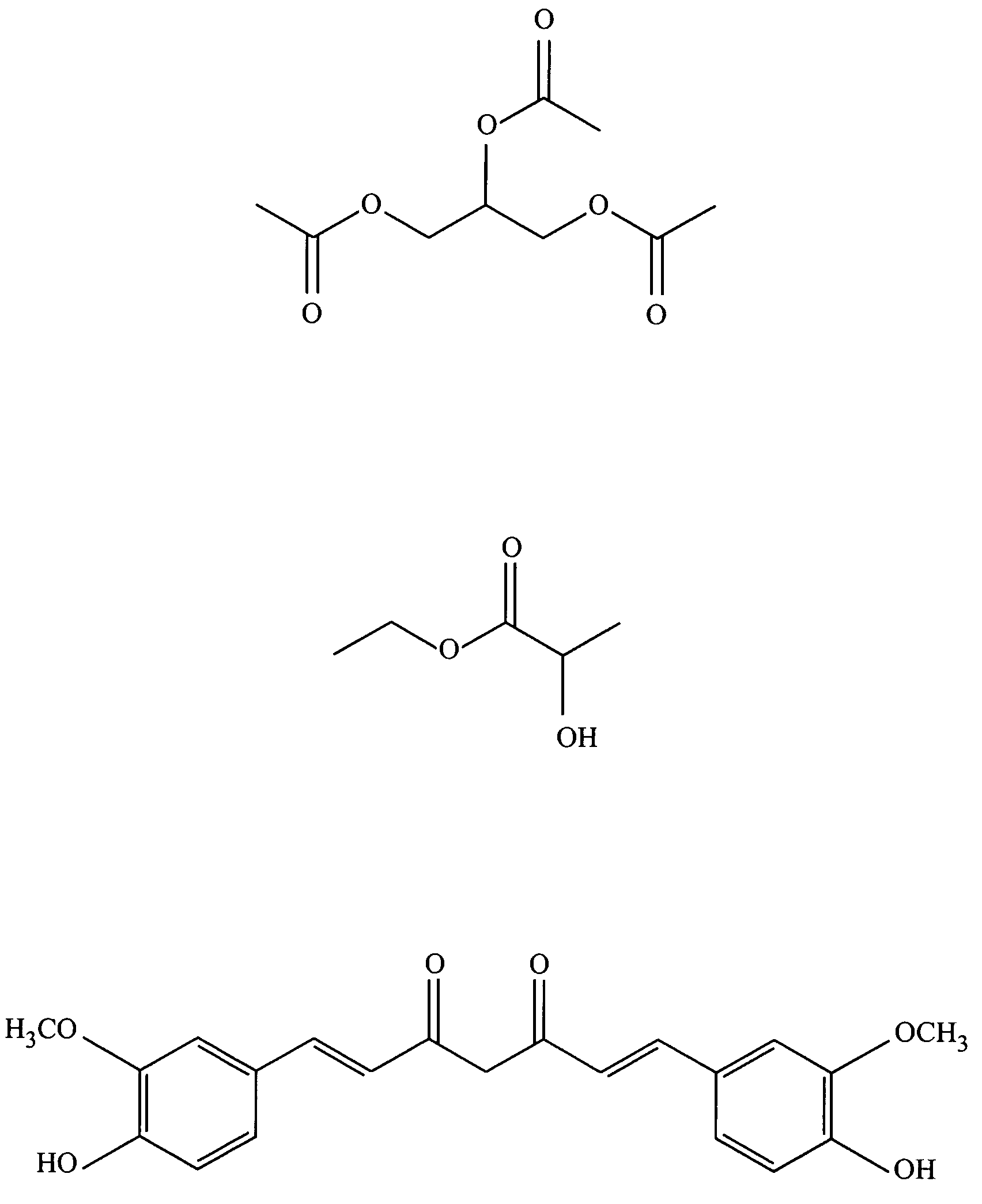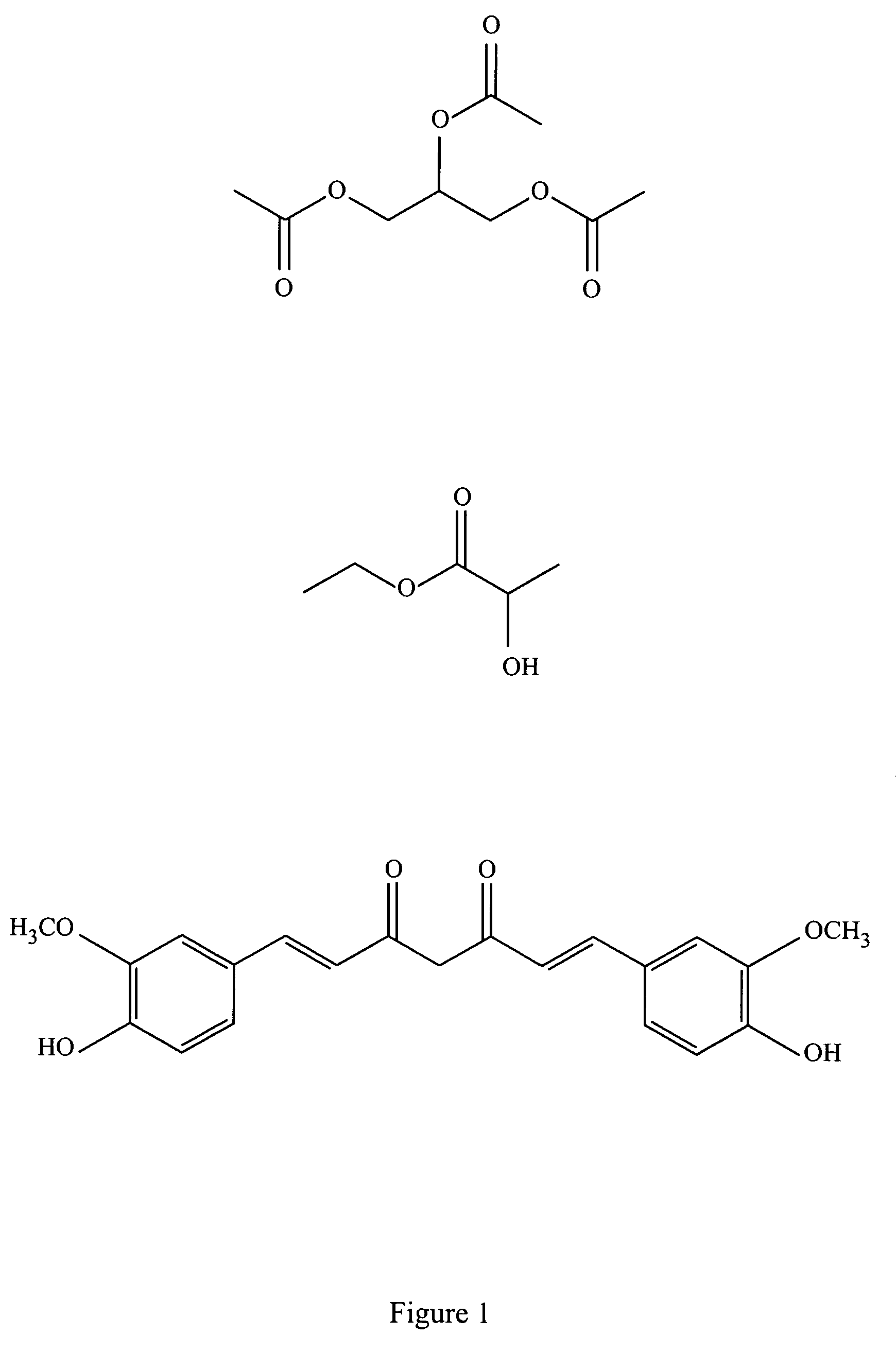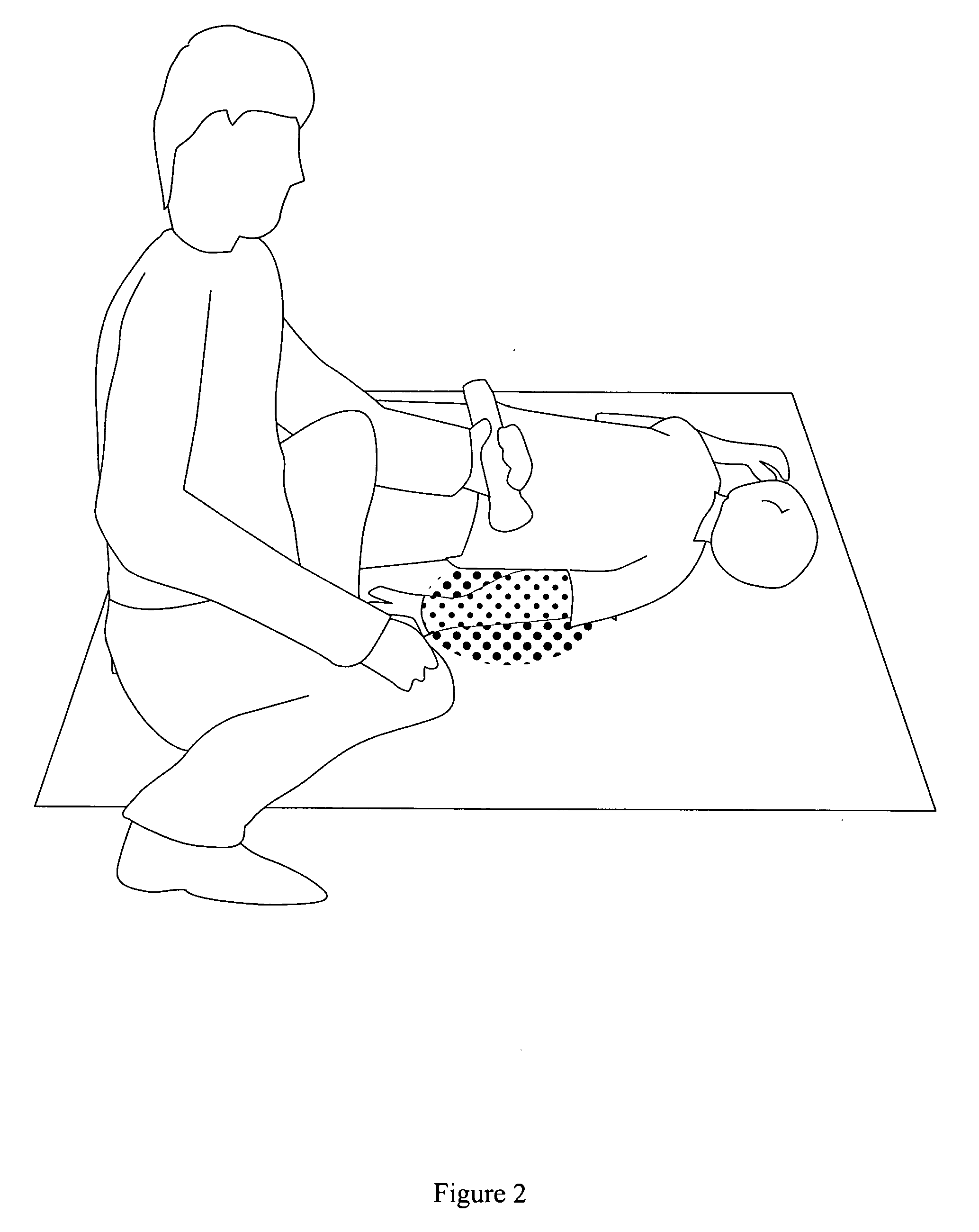Simulants of Toxants for Training and Testing
a technology of simulation and toxants, applied in the field of simulation of toxants for training and testing, can solve the problems of not providing not adequately addressing the requirements of realistic training, and prior training kits and simulants do not provide a set of simulants based on simple compositions, etc., to achieve realistic training, transport and spread of simulants, and high fidelity characteristics
- Summary
- Abstract
- Description
- Claims
- Application Information
AI Technical Summary
Benefits of technology
Problems solved by technology
Method used
Image
Examples
Embodiment Construction
[0039]The following description of the preferred embodiment(s) is merely exemplary in nature and is in no way intended to limit the invention, its application, or uses. The simulant compositions contain triacetin (TA), also known as glyceryl triacetate, with an amount of ethyl lactate (EL) that is selected to obtain specific properties, e.g., vapor concentration, vapor pressure, volatility, apparent molecular weight, persistence, viscosity, solubility, response to oxidative and perhydrolysis decontaminants, etc, to correspond to a specific chemical toxant, e.g., the chemical warfare agents, methylphosphonothioic acid (VX), sulfur mustard (HD), and Tabun (GA), Sarin (GB), and Soman (GD), the G-agents. The chemical structures of the ingredients are shown in FIG. 1.
[0040]TA principally comprises the simulant for VX. The simulant group based on TA and containing various amounts of EL to obtain agent specific characteristics for the G-series (G-family) and sulfur mustard and related H-se...
PUM
| Property | Measurement | Unit |
|---|---|---|
| excitation wavelength | aaaaa | aaaaa |
| excitation wavelength | aaaaa | aaaaa |
| wavelength | aaaaa | aaaaa |
Abstract
Description
Claims
Application Information
 Login to View More
Login to View More - R&D
- Intellectual Property
- Life Sciences
- Materials
- Tech Scout
- Unparalleled Data Quality
- Higher Quality Content
- 60% Fewer Hallucinations
Browse by: Latest US Patents, China's latest patents, Technical Efficacy Thesaurus, Application Domain, Technology Topic, Popular Technical Reports.
© 2025 PatSnap. All rights reserved.Legal|Privacy policy|Modern Slavery Act Transparency Statement|Sitemap|About US| Contact US: help@patsnap.com



